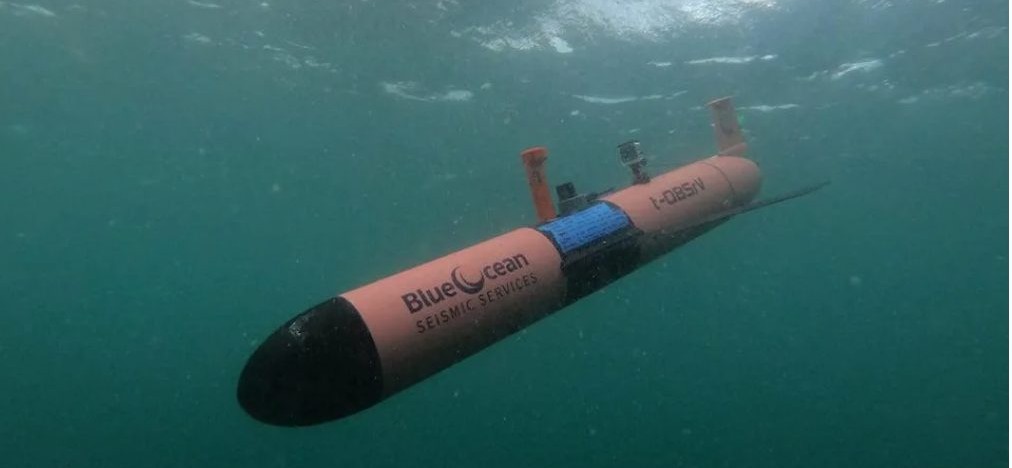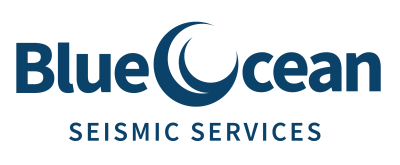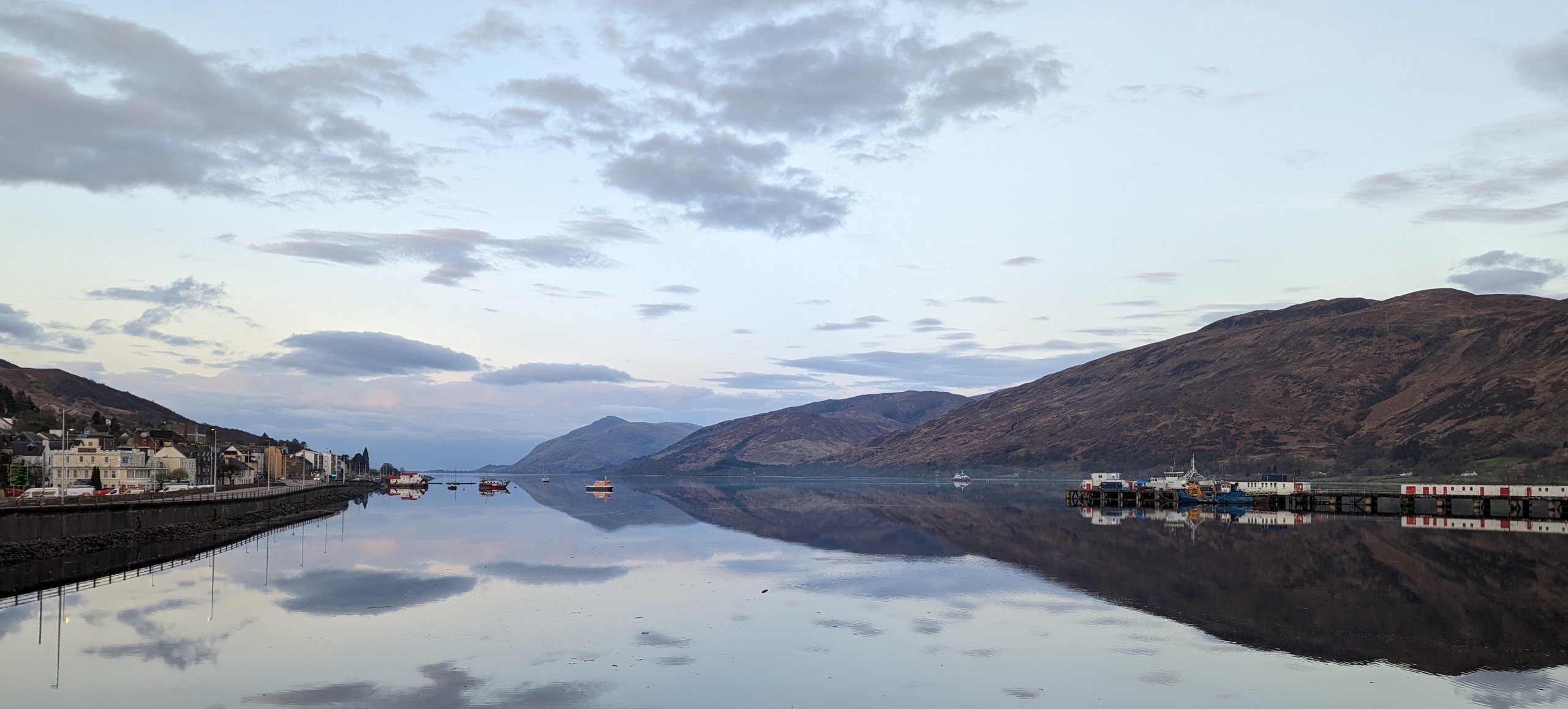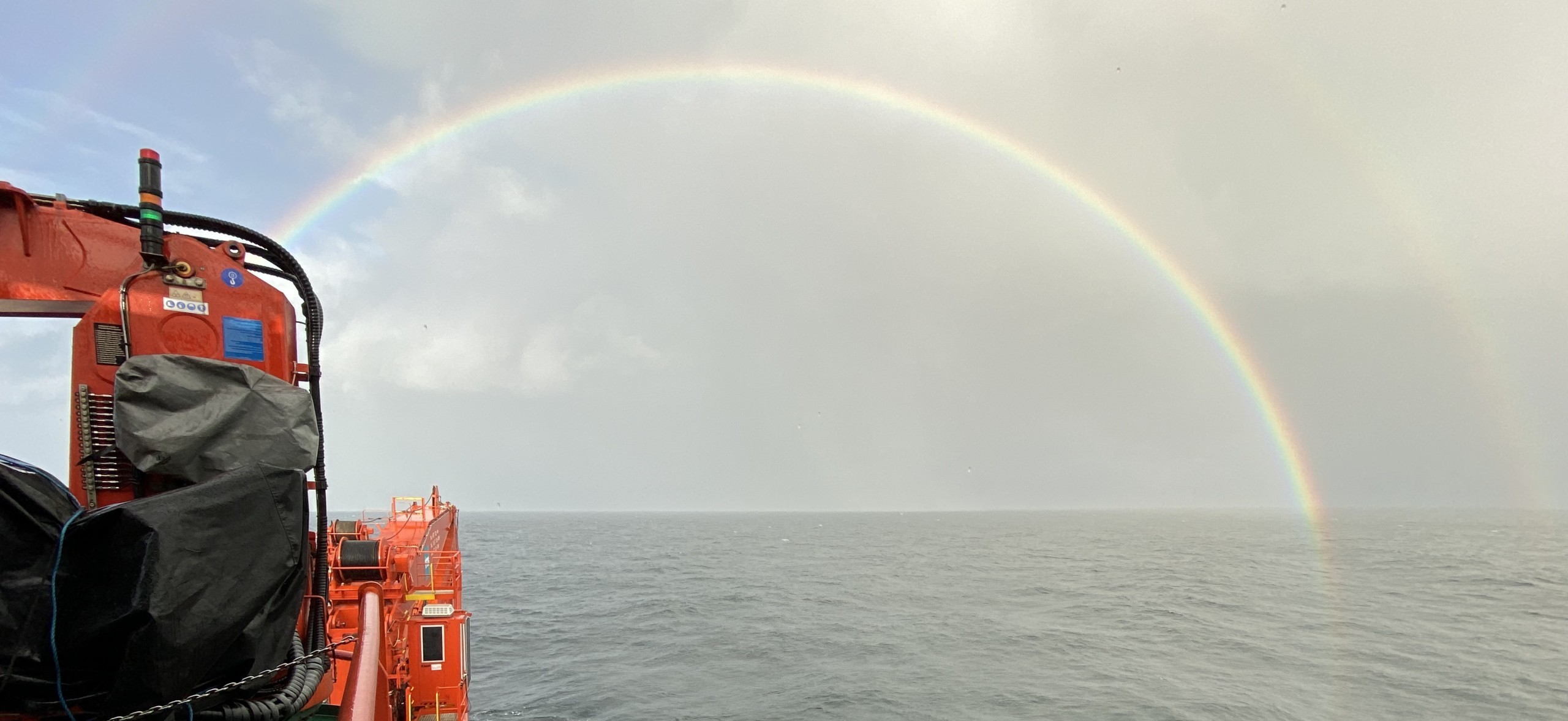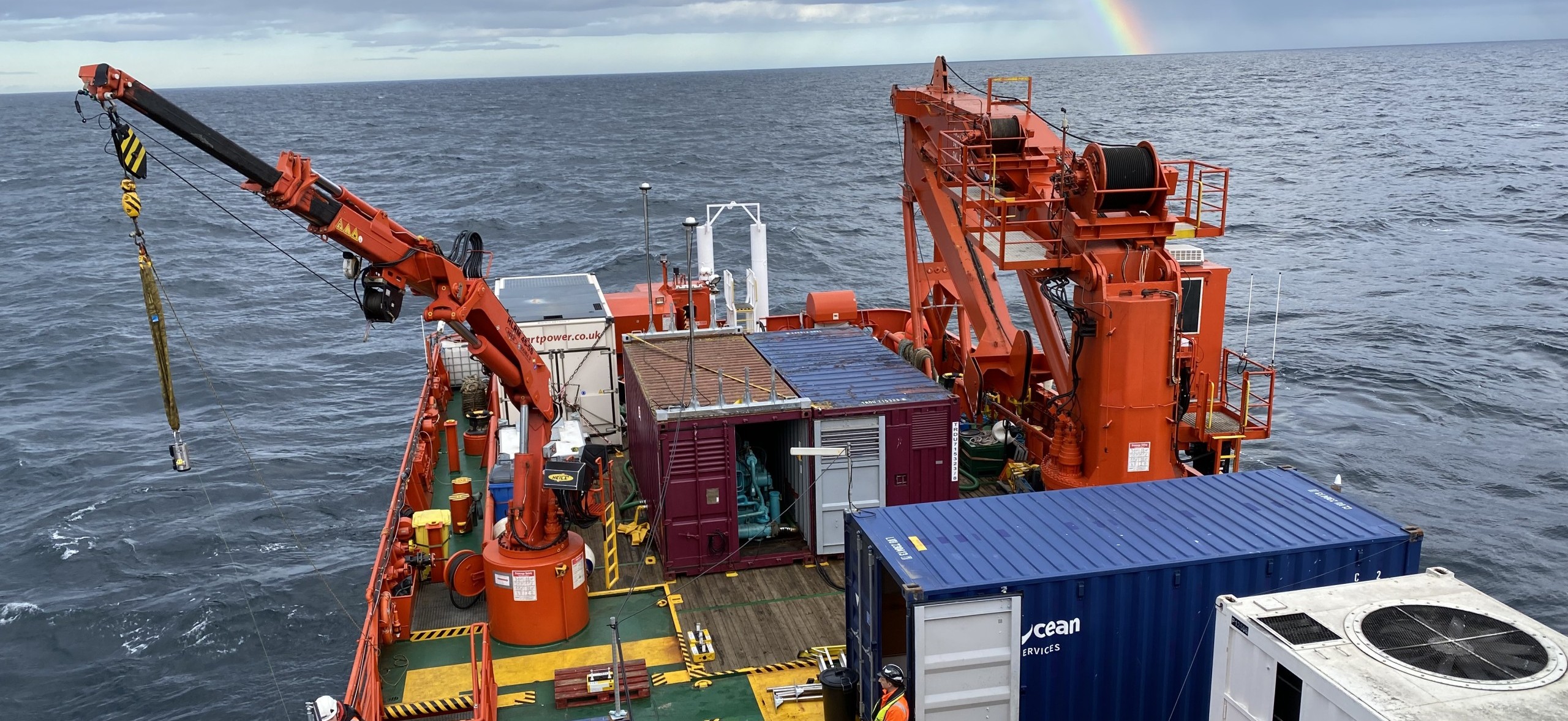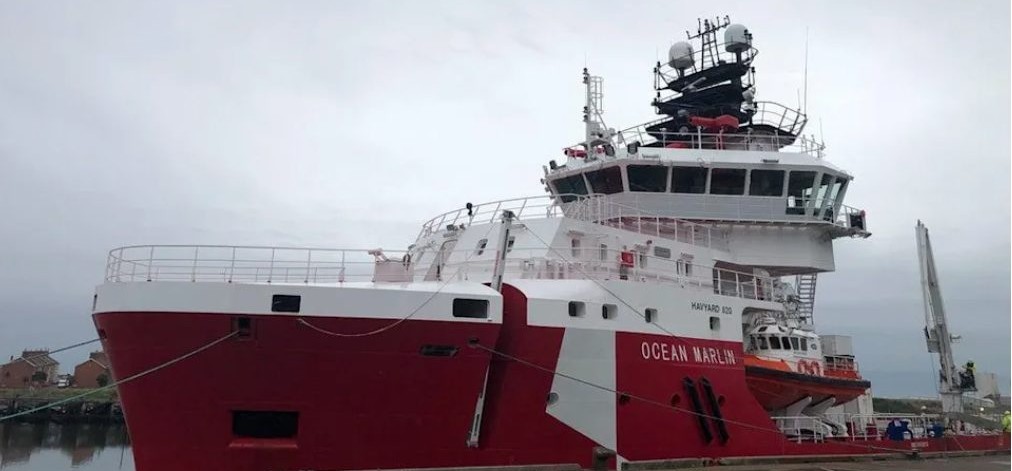Seismic data is critical for understanding geological formations and the nature of hydrocarbon resources that may be contained within them. Current methods use remotely operated vehicles to place nodes on the ocean floor that capture and record soundwaves.
The concept was jointly developed by Woodside and BOM and focuses on using Autonomous Underwater Vehicles (AUVs) in place of remotely operated vehicles. The AUVs are small submarines that are pre-programmed to self-deploy to the ocean floor and reposition multiple times. This method will improve efficiencies, lower costs and reduce people’s exposure to health and safety risks.
Subject to satisfaction of conditions precedent, Woodside will take a 35% shareholding in Blue Ocean Seismic Services.
Woodside Executive Vice President Sustainability Shaun Gregory noted the agreement with BOM continued Woodside’s support of Western Australian technology companies.
“The use of AUVsis a priority in our technology strategy, and has global applications. We see ocean bottom monitoring playing an important role in helping us to understand more complex geological settings,” he said.
Simon Illingworth, Blue Ocean Monitoring’s Group Managing Director, commented: “It has been a pleasure collaborating with Woodside over the last two years on this project. Woodside is committed to investing in innovative and disruptivetechnologies in the oil and gas industry, whilst striving to continuously improve safety. We look forward to continuing to develop this promising technology with Woodside’s support.
”The project participants are focusing on small sea trialsin 2019, ahead of the first seismic test in early 2020.
